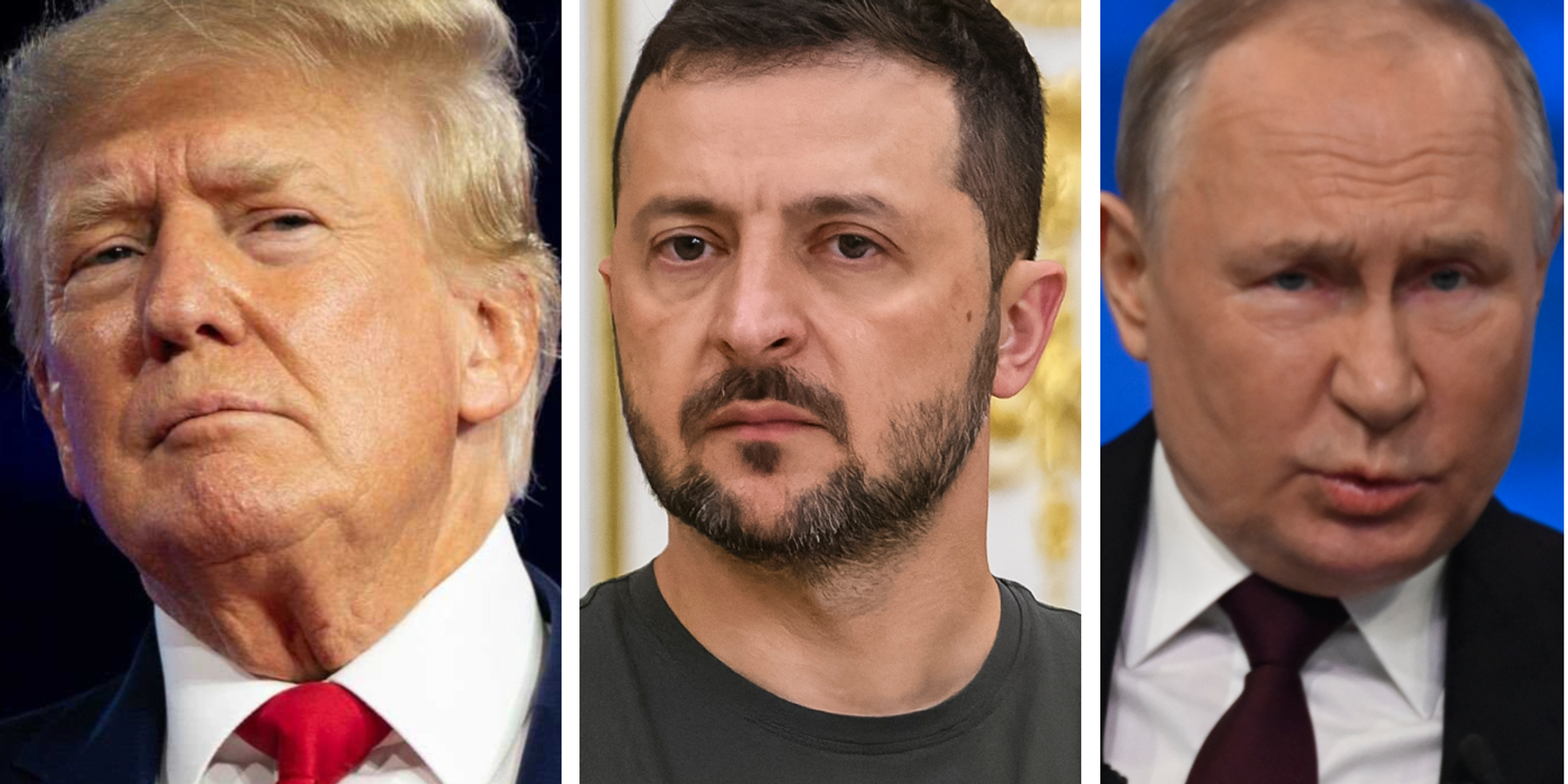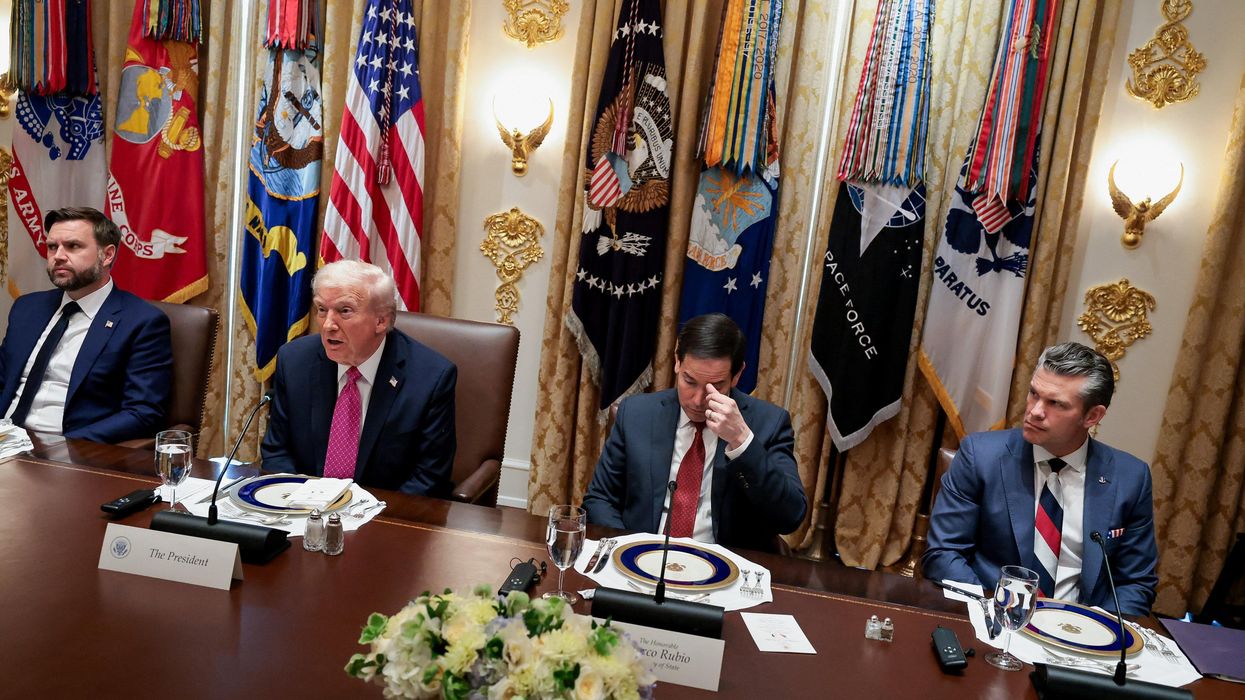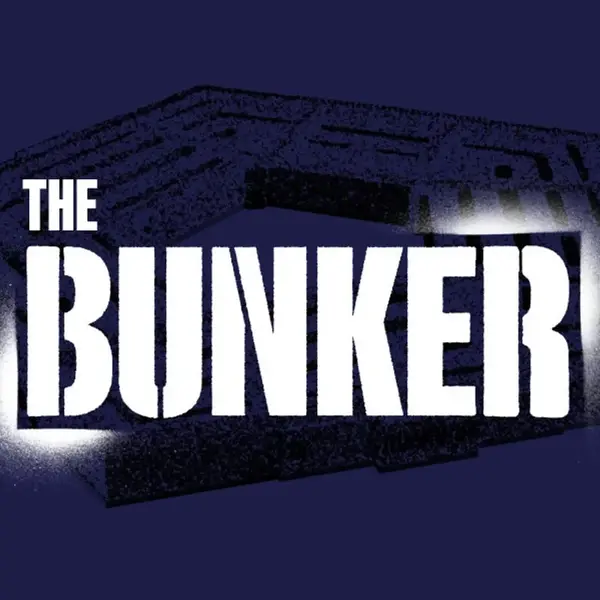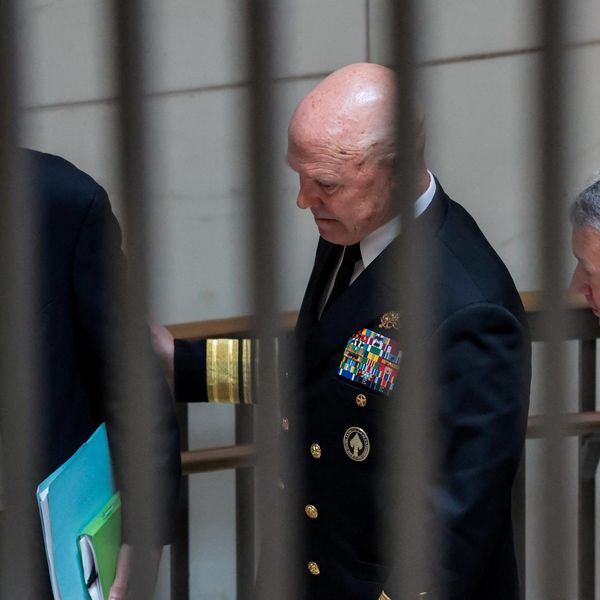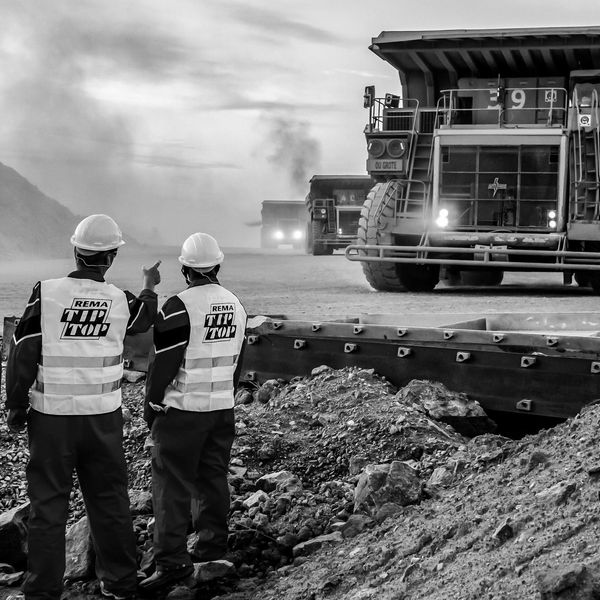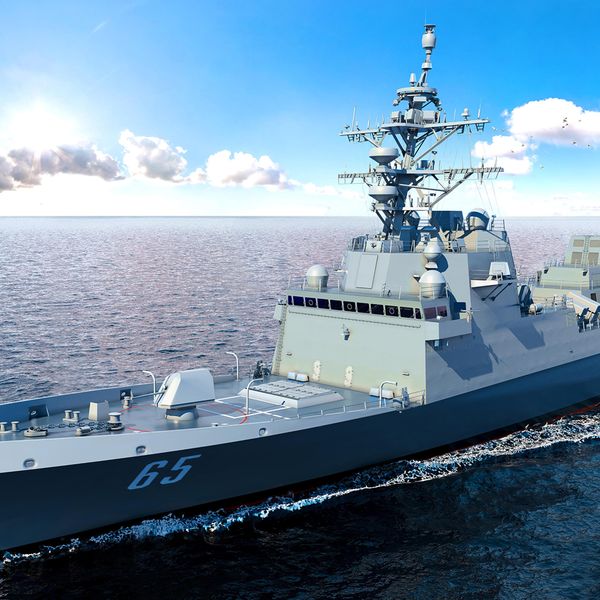This article was updated by the author and republished with permission from the Nonzero Newsletter
Last week, people who fear a third world war got more reasons to worry. Ukraine, with permission from the White House, struck Russian territory with long-range missiles supplied by the United States. Russian President Vladimir Putin has long warned that such an attack would mean that NATO and Russia “are at war,” and he has raised the specter of nuclear retaliation. Granted, these threats could be bluffs, but last week Putin gave them some credibility by (a) loosening the conditions for Russia’s use of nuclear weapons, (b) firing a multiple-warhead, nuclear-capable missile at Ukraine for the first time in the war, and (c) declaring, in a speech after the strike, that Russia would be entitled to attack any nations that aid Ukraine’s strikes into Russian territory.
While Putin’s caution during previous crises suggests he’s not about to reach for the nuclear button just yet, his dramatic response has complicated any path to a peace deal. Meanwhile, some liberal voices have predicted that Trump’s looming presidency, far from hastening an end to the conflict as Trump has promised to do, will prolong it. If Trump were to cut off arms to Ukraine, he’d remove an important incentive for Putin to call it quits, according to Ben Rhodes, a former White House official under Barack Obama. Among conservatives who advocate foreign policy restraint, there is worry that Trump’s hawkish cabinet nominees portend a departure from the peace agenda he campaigned on. As for hawkish critics of Trump on both left and right, many believe that he may end the war by just giving away the farm to Putin.
These concerns are valid. But Trump has good reasons to try proving the doubters wrong. He understands that foreign policy debacles can crater a president’s approval ratings, and he has staked his reputation on being able to end a conflict that started and continues to escalate on President Joe Biden’s watch. “I’m the only one who can get the war stopped,” he told Newsweek this September. Brokering a respectable peace would be a boon to his legacy and an embarrassment for his political opponents—and Trump loves splattering egg on the faces of his detractors. So there is room for optimism alongside the worry. Trump may well manage not only to stop the war but also to get Ukraine the best deal it could realistically hope for.
Some say Trump’s Ukraine promises are hollow since he hasn’t outlined a viable peace deal. But Trump maintains, plausibly enough, that he can’t reveal details of a plan without boxing himself in. It would be better, he says, to hammer out a deal with Putin and Ukrainian President Volodymyr Zelensky behind closed doors, which means keeping mum on specifics for now. Despite Trump’s reticence, there are signs of the kind of deal he’d push for—and signs that both Putin and Zelensky would go for it.
This fall, J.D. Vance, Trump’s running mate and now vice president-elect, laid out a likely settlement: The current battle lines become a “heavily fortified” demilitarized zone to prevent future Russian aggression; Kyiv retains its sovereign independence; and Russia gets assurances that Ukraine won’t join NATO. Moscow would presumably also get to keep the lands in eastern and southern Ukraine that it now holds.
There’s reason to think the Ukrainians would accept such a deal. While American commentators complain that Vance’s plan “sounds a lot like Putin’s,” Kyiv is less dismissive. In a remarkable change of tone compared to previous statements, Zelensky recently declared that Ukraine “must do everything to ensure that the war ends next year through diplomatic means.” Most Ukrainians agree. A recent Gallup survey found that, for the first time, more than 50 percent of Ukrainians want their government to negotiate a settlement “as soon as possible.” Among respondents who favored a swift settlement, 52 percent said Kyiv should be open to making territorial concessions. Following Trump’s election victory, Ukrainian officials have warmed to the idea of ceding territory to end the war.
Putin, for his part, may also be prepared to accept a deal along Vance’s lines. Although battlefield momentum is now on Moscow’s side, Russia’s military gains have come at a tremendous cost. The rate of Russian military casualties appears to be at its highest point since the war began. If the war continues well into 2025, Putin may be forced to order another round of mobilization and risk sparking discontent within Russia.
Of course, neither Putin nor Zelensky will pursue a peace deal without some prodding, but Trump seems to know what pressures to apply to each man. During a Fox News interview in July, Trump explained: “I would tell Zelensky, no more [military aid]. You got to make a deal. I would tell Putin, if you don’t make a deal, we’re going to give [Zelensky] a lot.” Such an approach, however duplicitous, would be a marked improvement over Biden’s unconditional support for Ukraine, a policy that has failed to convert American assistance into diplomatic leverage. Trump’s dual threats would be credible. Ukraine’s backers are already worried that he’ll suspend military aid. And Trump, as one Republican foreign policy expert told Politico, “can snap his fingers” and congressional Republicans “will vote for more security assistance to Ukraine.”
If the sides were to get close to a deal, the thorniest remaining problem would be that of post-war security guarantees for Ukraine. Kyiv desires immediate accession to NATO, a move that Moscow will wage further war to prevent. But Trump’s transition team has discussed a 20-year moratorium on Ukrainian membership, suggesting he may float a compromise that lets both Zelensky and Putin save face. The Trump administration could also engineer a workaround by getting Ukraine admitted instead into the European Union, which has a collective defense agreement of its own. During peace talks early in the war, Russian negotiators reportedly were prepared to greenlight EU membership for Ukraine—a striking reversal given the Kremlin’s previous opposition to Kyiv signing a mere association agreement with the bloc. MAGA Republicans want Europe to take responsibility for the Ukraine crisis, and EU membership for Kyiv would go a long way toward that end.
Awkwardly for Trump’s pro-restraint supporters, the hardliners who will fill his cabinet have tended, throughout their careers, to favor militarism over diplomacy. But these nominees—notably, Senator Marco Rubio as secretary of state and Representative Michael Waltz as national security adviser—share something else in common: In accommodating themselves to Trump, they have modulated their Russia hawkism. Trump’s nominees are also proven loyalists, and if they do try to thwart his agenda, Trump can ignore or fire them, as he did to their predecessors in his first administration.
The president-elect likely sees a chance to gain leverage in talks by surrounding himself with bona fide hardliners. As one official explained to Axios in 2019, Trump liked having uber-hawk John Bolton on his team because he believed that “Bolton’s bellicosity and eagerness to kill people is a bargaining chip when he’s sitting down with foreign leaders.”
Of course, there’s no guarantee that Trump, a wild card who tends to trust his turbulent instincts, will make the moves required to end the Ukraine war rather than widen it. Nor is it guaranteed that such moves exist, given the political difficulties that both Putin and Zelensky would face in agreeing to a peace deal. Donald Trump’s campaign promise to settle the war “in one day, 24 hours” had already received a lukewarm reception in both Moscow and Kyiv, and that was before Biden’s dangerous escalation last week. But Biden, it is clear, is not going to push the parties toward peace, and no other country in the world appears to have the leverage and motivation to make anything happen. That leaves an imperfect leader with a record of surprises. Like it or not, Ukraine’s best hope for peace looks a lot like Donald Trump.
- With Putin, Trump's 'art of the deal' is put the the test ›
- Europe already 'Trump proofing' Ukraine war aid ›
- Trump has a mandate to end the Ukraine War ›
- Is Zelensky softening his tone on territorial concessions? | Responsible Statecraft ›
- Trump Ukraine envoy Gen. Kellogg faces 6 stubborn knots on Day 1 | Responsible Statecraft ›
- Trump the 'peacemaker' faces many obstacles | Responsible Statecraft ›
- Diplomacy Watch: GOP hawks double down against Trump policy | Responsible Statecraft ›

